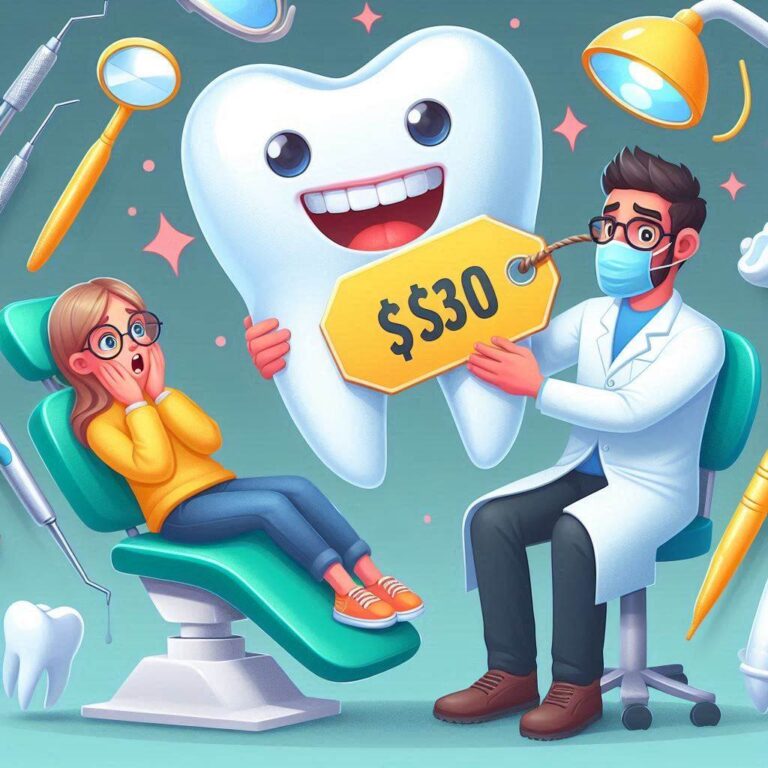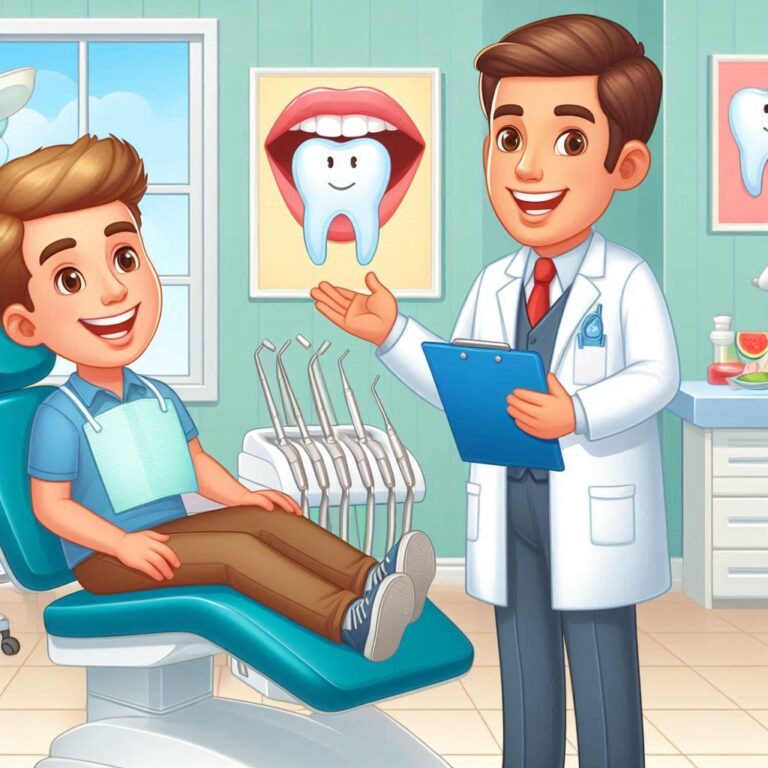What Can You Eat After Wisdom Tooth Extraction? A Comprehensive Guide
Wisdom tooth extraction is a common dental procedure that often requires careful aftercare to ensure smooth recovery. Among the key factors influencing healing is your post-extraction diet. Eating the right foods can reduce pain, prevent complications like dry socket, and speed up your recovery process. This guide will provide a detailed look at what you can eat after wisdom tooth extraction, foods to avoid, nutritional tips, and a sample meal plan to make your healing journey more comfortable.

Importance of a Proper Diet After Wisdom Tooth Extraction
After wisdom tooth removal, your mouth needs time to heal, and consuming appropriate foods plays a pivotal role. A proper diet helps:
- Minimize pain and discomfort.
- Avoid dislodging blood clots, which can lead to dry socket.
- Supply essential nutrients for tissue repair and overall healing.
- Maintain energy levels while accommodating dietary restrictions.
Choosing the wrong foods can aggravate the surgical site, prolonging recovery. Let’s explore what you can eat immediately after the surgery.
Foods to Eat Immediately After Surgery
For the first 24-48 hours, focus on foods that are soft, easy to chew, and gentle on your surgical sites. Below is a breakdown of recommended options:
Soft Foods
- Mashed Potatoes: High in energy and easy to consume when slightly cooled.
- Yogurt: Opt for plain or Greek yogurt without fruit chunks to avoid irritation.
- Applesauce: A nutrient-rich option that requires minimal chewing.
- Scrambled Eggs: A protein-packed food that is soft and gentle on the mouth.
Liquid-Based Foods
- Broths and Soups: Ensure they are lukewarm to prevent irritating the extraction sites.
- Smoothies: Blend soft fruits like bananas and add yogurt or milk for a nutrient boost.
- Protein Shakes: A great option to maintain energy levels and ensure sufficient protein intake.
- Pudding and Jell-O: Simple and soothing choices for the first few days.
Detailed List of Foods to Avoid
Certain foods can interfere with healing and should be avoided after wisdom tooth extraction. These include:
- Crunchy Foods: Chips, nuts, and raw vegetables can irritate the surgical area.
- Sticky Foods: Caramel and chewing gum may get lodged in the wound.
- Spicy Foods: Can cause irritation and discomfort.
- Acidic Foods: Citrus fruits and juices might sting the extraction site.
- Hot Beverages: Coffee, tea, and soups should be consumed lukewarm.
- Alcohol: Can delay healing and interact with prescribed medications.
Nutritional Tips for Healing Faster
- Protein: Supports tissue repair. Include sources like soft scrambled eggs or protein shakes.
- Vitamins C and A: Found in pureed vegetables and fruits; they promote gum health and tissue regeneration.
- Zinc: Helps with wound healing. Soft zinc-rich foods include yogurt and fortified cereals.
- Omega-3 Fatty Acids: Found in certain fish oils or supplements, they reduce inflammation.
The Role of Hydration in Recovery
Staying hydrated is crucial for recovery, but avoid using straws, as the suction can dislodge the blood clot. Instead, drink water directly from a glass or bottle. Aim for 8-10 glasses of water daily to:
- Flush toxins from your body.
- Keep tissues hydrated and promote healing.
- Prevent dry mouth, which can increase the risk of infection.
Sample Meal Plans for Post-Extraction Recovery
Day 1-2
- Breakfast: Greek yogurt with a drizzle of honey.
- Lunch: Pureed vegetable soup.
- Snack: Applesauce.
- Dinner: Mashed potatoes with gravy.
Day 3-5
- Breakfast: Soft scrambled eggs with cottage cheese.
- Lunch: Smoothie made with bananas, milk, and protein powder.
- Snack: Pudding or Jell-O.
- Dinner: Broth-based soup with soft pasta.
Common Mistakes to Avoid
- Using a Straw: Avoid suction movements to protect the blood clot.
- Eating Too Soon: Allow the anesthesia to wear off completely before eating.
- Skipping Meals: Adequate nutrition is essential for recovery.
- Consuming Hard Foods Prematurely: Introduce solid foods gradually to avoid irritation.
The Importance of Timing in Introducing New Foods
Gradually transition from soft to more solid foods as your mouth heals. A typical timeline might look like this:
- Day 1-2: Stick to liquids and pureed foods.
- Day 3-5: Introduce soft solids like scrambled eggs.
- Day 6+: Slowly reintroduce more textured foods, avoiding anything crunchy or sticky.
When to Return to Normal Eating Habits
Most individuals can return to their normal diet within 7-10 days, depending on how well they’ve healed. Always follow your dentist’s advice and listen to your body. If pain or discomfort persists, consult your healthcare provider.
Conclusion
Eating the right foods after wisdom tooth extraction is vital for a smooth recovery. Focus on soft, nutrient-rich foods and stay hydrated. Avoid hard, sticky, or spicy foods that could delay healing. Gradually reintroduce solid foods as your comfort increases.
Frequently Asked Questions (FAQs)
Q: When can I eat solid foods after wisdom tooth extraction? A: You can typically start eating soft solids around day 3 and gradually reintroduce solid foods by day 7-10, depending on your healing progress.
Q: Can I drink coffee after surgery? A: It’s best to avoid hot beverages like coffee for the first 24-48 hours to prevent irritation.
Q: Is it okay to eat ice cream? A: Yes, ice cream (without hard mix-ins) can be soothing and easy to consume post-surgery.
Additional Resources
- American Dental Association: Wisdom Tooth Extraction Aftercare
- National Institutes of Health: Oral Surgery Guidelines


